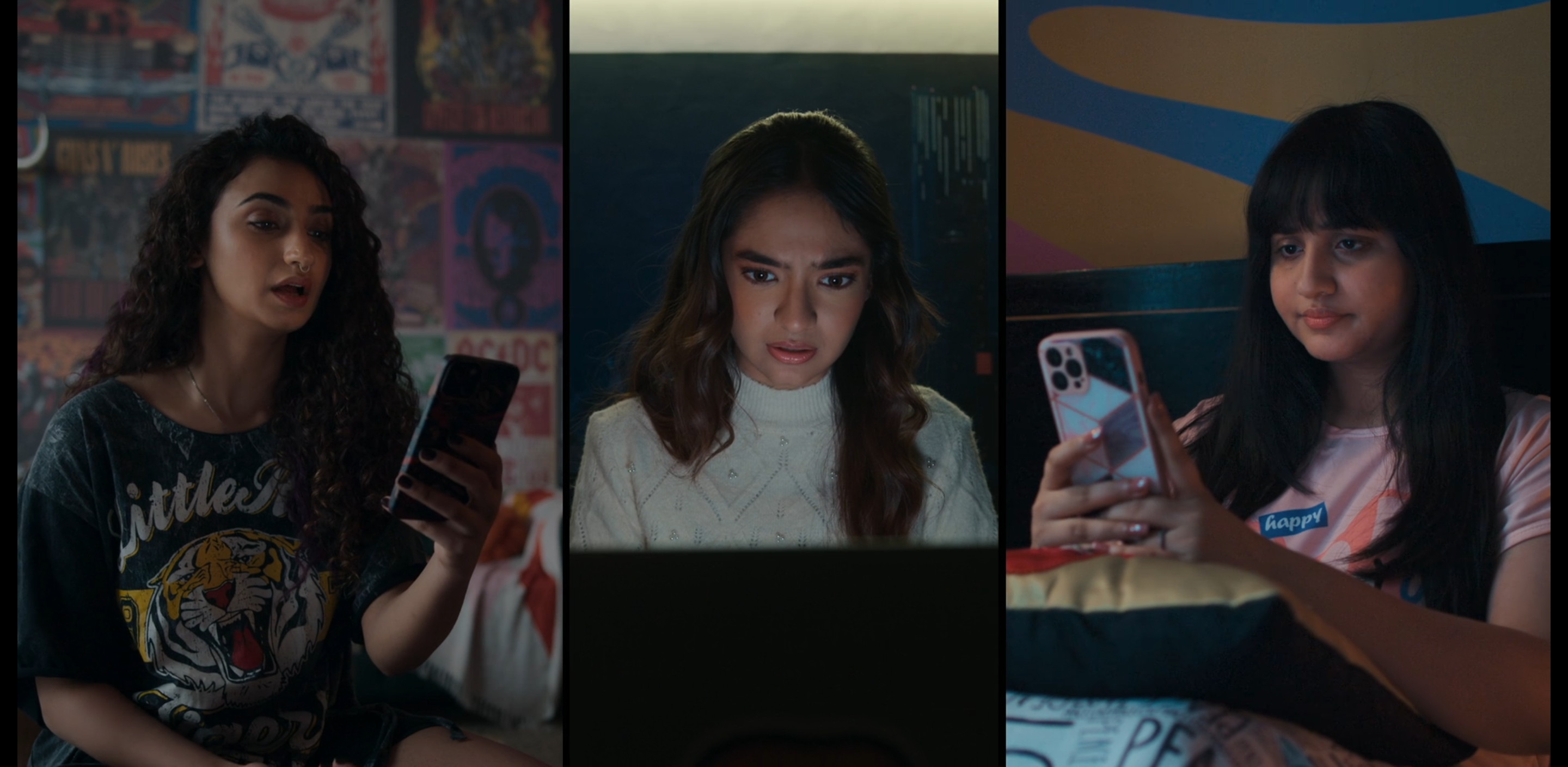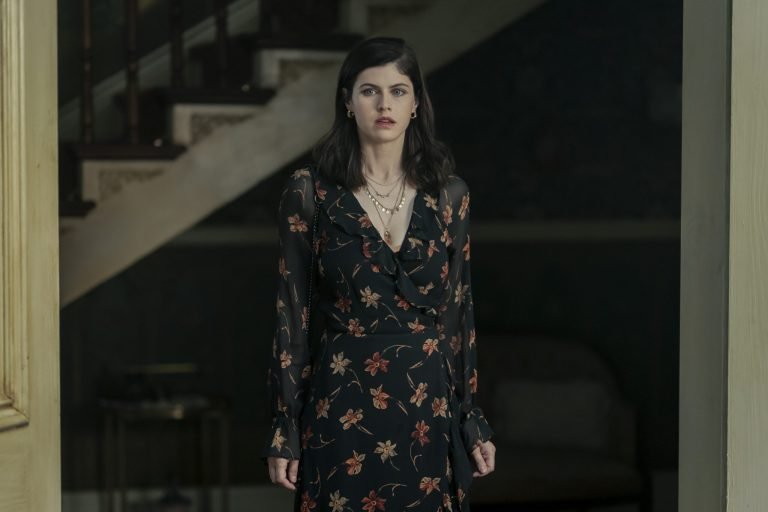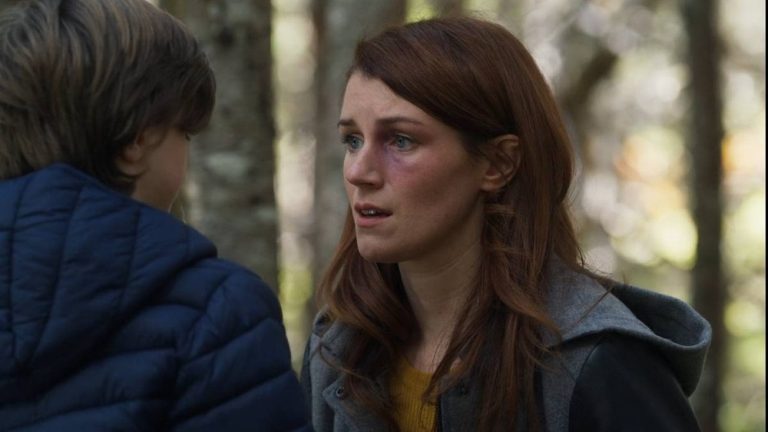The template of a rich spoilt brat sent off to a small town where she would have to undergo a journey and learn about the life she had been unable to witness or experience from her ivory tower, become more attuned to humanity, and in that journey also help the townsfolk understand and learn from her through her enlightened simplistic perspective unmarred by cynicism—it’s an age-old one. It had been employed in chick flicks, Hallmark Christmas movies, and the like.
For any such template to exist, there should be a level of familiarity associated with it. Familiarity also breeds comfort. The rich, spoilt girl falls in love with the normal guy who runs a business, making friends with the same girl from the neighborhood who initially came off as mildly cringeworthy or tacky. The friendship slowly evolves into an unshakeable bond as the world around her comes at odds with her values. However, the story will also have to ensure that the conflicts aren’t too serious.
Considering where Asmara is coming from (the rich, affluent, social media-savvy, Gen-Z dialect-borne Bangalore girl) and where she has been sent, conventionality bleeds from every frame. The scene where she is embarrassed and introduces her grandmother as “her grandmother’s friend” to her equally affluent, bratty friends is grave enough for the show that Asmara is forbidden from traveling to Canada and instead would have to go to her grandmother’s less than affluent Muslim neighborhood to be in touch with her roots. It’s not a hard enough leap to make from a narrative standpoint, but how much are you supposed to take this seriously?
It’s the extent of verisimilitude that you are supposed to buy into. The character of Asmara is not exactly the most well-written or the most likable to root for; her romance with the guy is somewhat hard to buy, considering the man she is attracted to looks a decade older than her. It feels just slightly off-kilter, especially from the man’s perspective. However, what truly struck me was the nature of the conflicts and the ease with which they would be solved. It’s an understandable tightrope to balance the nature of melodrama. “Dil Dosti Dilemma” has all three ingredients of the title but is applied with just a pinch. They barely make any flavor stand out, resulting in an overall bland story with almost too much subdued melodrama.

Thankfully, what saves the series is also what saves most conventional rom-coms and frothy coming-of-age narratives: strong supporting casts. Tanvi Azmi and Shishir Sharma as Asmara’s grandmother and grandfather, respectively, are an absolute delight. They have a breezy, charming chemistry, can depict the comfort of having been married for a long time, and can understand every tic of their partners. Tanvi Azmi, Asmara’s grandmother, is a standout as a strong yet kindly woman who is as stubborn as her granddaughter, but she is reticent to admit it. The relationship between granddaughter and grandmother is fascinating and compelling due to Azmi’s and, consequently, Anushka Sen’s (Asmara’s) performance.
Adapted from the book “Asmara’s Summer,” the key difference between the source material and the adaptation seems to be director Debbie Rao’s focus on giving Asmara’s friends Tania and Naina well-ideated subplots. For Naina, it is her learning to realize the hot young tennis prodigy is using her to get into her father’s (a famous tennis coach’s) good graces. For Tania, her journey is identifying which of her parents is involved in an affair and, in that process, realizing how she is inadvertently damaging a young intern’s prospects for her selfishness. It’s all good ideas, managing to ensure that all the characters learn about poverty, affluence, the inherent classism within them, and how they would have to work at it. All worthy ideas to explore in subplots, but they are never executed nearly well enough to leave a mark.
The problem with “Dil Dosti Dilemma” is in its depiction of affluence and the intermingling of social media. It makes youngsters feel like PR experts and real-world issues that could be solved by sheer gumption, crowd-funded and social media-shared concerts, with publicity and marketing minutiae handwaved off due to the adults being present as key figures of the industry. The picturization of the songs and the overall cinematography at the alleyways and even the old houses on the fictional Tibbar Road are eye-pleasing, but the road and the neighborhood are never really defined to feel grounded in any discernible fashion.
At the end of the day, “Dil Dosti Dilemma” is the key example of white noise you play in your background while doing your chores. None of the above flaws are deal-breakers, considering the tonality of the show is a flat line, and “Dil Dosti Dilemma” feels like a barely edible, familiar soup that would be served to you if you were sick. But if you are a viewer with a bit more of a discerning palate, the soup would need to have some semblance of flavor. Unfortunately, this wasn’t it.









